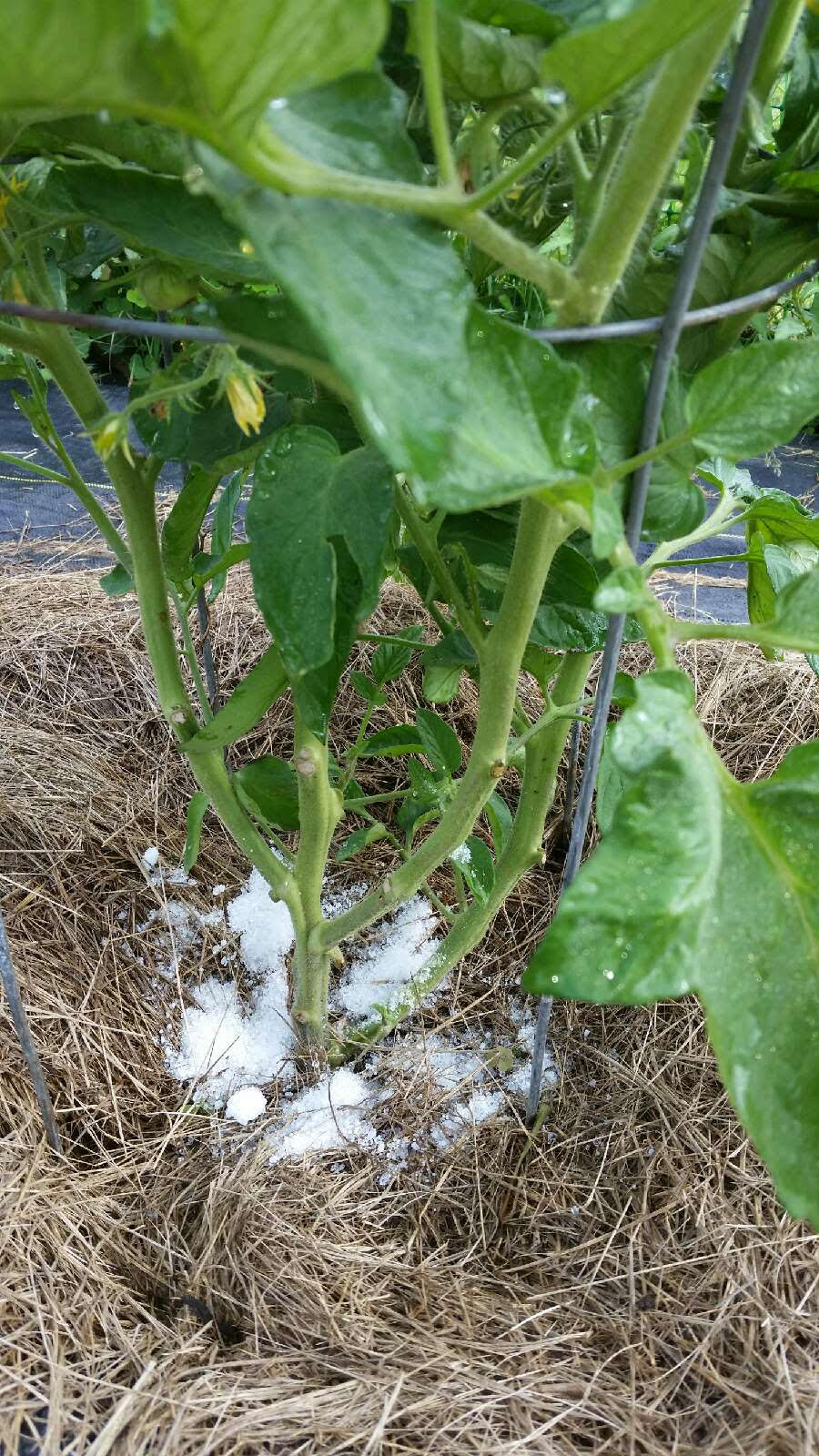Recognizing What Plants Don't Like Epsom Salt for Healthier Gardens
Recognizing What Plants Don't Like Epsom Salt for Healthier Gardens
Blog Article
Learn About the Details Plants That Are Detrimentally Affected by Epsom Salt Application
Epsom salt, a prominent home remedy for different gardening problems, is frequently commended for its useful effects on plant growth. Comprehending the specific plants that can be negatively influenced by Epsom salt is critical for any gardener looking to enhance their plant care regimen.
Roses

Roses, particularly conscious adjustments in their environment, can be adversely impacted by the application of Epsom salt. While Epsom salt is frequently used as a fertilizer to promote plant development and improve blooming, roses are one of the plants that do not react well to its application. The high magnesium content in Epsom salt can interfere with the uptake of various other vital nutrients by the rose plants, leading to deficiencies that materialize as yellowing leaves or stunted growth.

Tomatoes
While Epsom salt is commonly proclaimed as a solution for different plant concerns, consisting of blossom end rot in tomatoes, its application can lead to damaging end results if not utilized sensibly. Excessive Epsom salt, which is magnesium sulfate, can disrupt the fragile nutrient balance needed by tomatoes, possibly leading to deficiencies in various other crucial nutrients like calcium. When thinking about the use of Epsom salt on tomatoes, it is critical to stick to recommended application rates and dirt screening to avoid unexpected consequences on the total health and productivity of these cherished yard plants.
Peppers
Peppers, admired for their various shades and levels of spiciness, can demonstrate susceptibility to negative influences from Epsom salt when not applied with care and consideration for their particular dietary demands. what plants don't like epsom salt. Peppers, belonging to the Solanaceae household, require a delicate equilibrium of nutrients to prosper. While Epsom salt is recognized to improve magnesium degrees in plants, excessive application can disrupt this equilibrium, resulting in damaging results on pepper plants
When peppers are subjected to high degrees of magnesium from Epsom salt, it can disrupt the plant's capacity to soak up other vital nutrients like calcium and potassium. This imbalance may show up in signs such as leaf discoloration, stunted development, and reduced fruit manufacturing. Furthermore, the excessive magnesium can modify the soil pH, further intensifying nutrient uptake problems for peppers.

Rhododendrons
Offered the sensitivity of specific plant types to imbalances brought on by Epsom salt, it is necessary to think about the influence on Rhododendrons, original site which additionally need specific nutrient levels to flourish. Rhododendrons are acid-loving plants that choose acidic dirt problems with a pH array between 4.5 and 6.0. Epsom salt, chemically called magnesium sulfate, can modify the soil pH and interfere with the fragile equilibrium of nutrients crucial for Rhododendron wellness.

To keep the optimum development and wellness of Rhododendrons, it is important to stay clear of the indiscriminate use Epsom salt and instead concentrate on offering the details acidic dirt problems and nutrients that these plants require for growing.
Azaleas
These popular flowering plants are usually discovered in gardens, parks, and landscapes due to their appeal and adaptability. While Epsom salt is generally utilized as a treatment for magnesium shortage in plants, its application to azaleas can have unfavorable results.
Azaleas choose slightly acidic dirt conditions, and an excess of magnesium from Epsom salt can interrupt this balance, leading to nutrient imbalances and potential toxicity concerns. The wrong application of Epsom salt can result in stunted growth, yellowing of fallen leaves, and overall decline in the wellness of azaleas.
Final Thought
Finally, it is essential to be familiar with the certain plants that can be detrimentally impacted by the application of Epsom salt. Roses, tomatoes, peppers, rhododendrons, and azaleas are some instances of plants that might not gain from Epsom salt and might also endure damage. It is important to research study and recognize the needs of each plant types prior to using Epsom salt as a plant food to ensure their wellness and wellness.
Comprehending the particular plants that can be negatively affected by Epsom salt is vital for any type of garden enthusiast looking to enhance their plant care routine. While Epsom salt is generally made use of as a plant food to advertise plant growth and imp source improve blooming, roses are one of the plants that do not respond well to its application.Too much use of Epsom salt can additionally result in a build-up of salts in the dirt, leading to root damage and dehydration of the rose plants. While Epsom salt is recognized to increase magnesium degrees in plants, extreme application can disrupt this equilibrium, leading to adverse impacts on pepper plants.
The high salt content in Epsom salt can likewise dry out Rhododendron roots, creating more anxiety and damage to the plant. (what plants don't like epsom salt)
Report this page